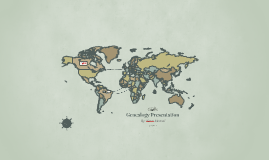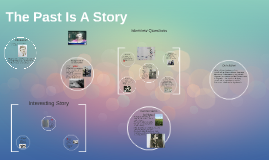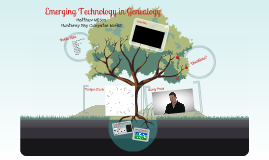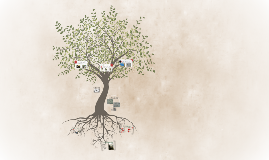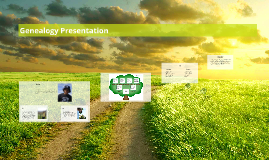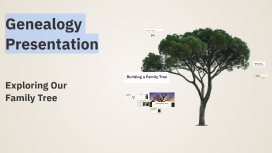Genealogy Presentation
Transcript: Introduction to Genealogy Importance of Family History Understanding family history fosters a sense of identity and belonging. It enables individuals to connect with their roots, learn about cultural traditions, and appreciate the challenges and triumphs of ancestors that shaped their family narratives. Overview of Family Trees A family tree visually represents relationships and lineage, typically displayed in a branching format. It provides an organized way to trace ancestry and can be expanded with details about each individual, such as birth dates and significant life events. Definition of Genealogy Genealogy is the systematic study of family history and lineage. It involves documenting relationships between individuals across generations, revealing one's ancestry and heritage through structured records and family trees. Introduction to Genealogy Genealogy is the study of family ancestry and lineage, tracing the connections between generations and understanding one’s heritage. This section highlights the significance of preserving family histories and the structure of family trees. Sugupuu esitlus Personalizing Your Family Tree Updates and Revisions Over Time Combining Visual and Narrative Elements Integrating visuals with family narratives creates a holistic view of genealogy. Story-driven visuals narrate the family's journey, making the past relatable. This approach preserves history and keeps the family's legacy alive through generations. Genealogy is a dynamic field that requires ongoing updates. New information, such as birth records or discoveries of relatives, should be consistently integrated into the family tree, ensuring its relevance and accuracy. Regular reviews keep the family history comprehensive and meaningful. Visual Representation of the Tree Sharing with Family Members Sharing the family tree fosters connection and collaboration. Distributing digital copies or organizing family gatherings can lead to valuable input and discoveries. Encouraging family members to contribute can create an inclusive genealogy project. A visually appealing family tree can enhance engagement and understanding. Utilizing colors, shapes, and images makes data more accessible and meaningful. Infographics or digital formats can illustrate relationships in an interactive way, promoting exploration. Personalizing Your Family Tree Including Family Stories Incorporating personal narratives and visuals into your family tree creates a deeper connection to your ancestry. This section delves into how family stories, visual design, and updates enhance the genealogy experience. Incorporating family stories brings life to a genealogical chart. These anecdotes help to contextualize names and dates, adding richness and depth to the family history. Engaging relatives to share their memories can preserve these narratives for future generations. Documenting Relationships Gathering Family Information Begin by collecting essential information from family members, including names, birthdates, and places of residence. Utilize oral history interviews, family records, and public documents to compile a thorough understanding of your ancestry. Organizing family data into visually coherent formats is essential. Use pedigree charts and family group sheets to illustrate relationships, making it easier to identify connections between ancestors and descendants. Utilizing Online Tools and Resources Building a Family Tree Leverage online genealogy databases such as Ancestry.com and FamilySearch. These platforms offer extensive collections of records, historical data, and family trees that can assist in building and verifying your own family history. Effective family tree construction requires careful collection of data, a systematic approach to documenting relationships, and utilizing modern technology to enhance research. This section outlines the critical steps involved in building a comprehensive and accurate family tree that can be cherished and passed down through generations. Software Options for Genealogy Various genealogy software programs, including MyHeritage and Legacy Family Tree, provide tools for building family trees, organizing records, and generating reports. These programs streamline the documentation process and enhance data visualization.






